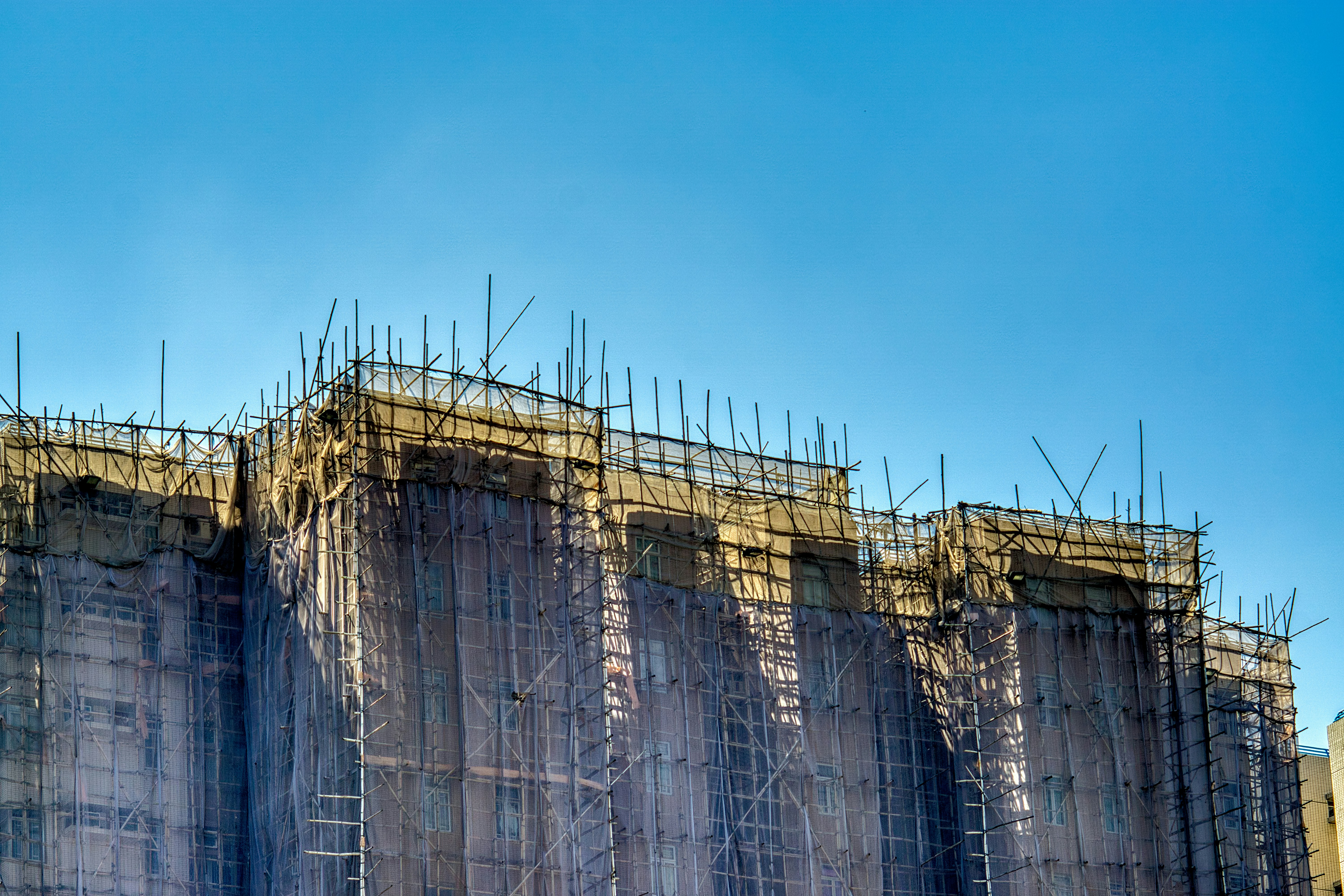Streamlining Construction Approvals: From Bottlenecks to Breakthroughs
Published on June 18, 2025

Construction delays often start long before the first brick is laid. One of the biggest culprits? A slow, outdated approval process.
From zoning reviews and permit approvals to plan checks and inspections, the path to a construction green light can take weeks or even months—costing money, stalling housing delivery, and frustrating stakeholders.
But forward-thinking cities and firms are changing that. With digital tools, automation, and clear policies, they are streamlining construction approvals to accelerate development without compromising safety or compliance.
In this blog post, we explore how to make it happen.
🔍 Why Streamlining Matters
⏳ Delays Are Expensive
Each day of delay adds labor, holding, and material costs. A stalled project can mean lost revenue, missed market opportunities, and rising risks.
🏘️ Housing & Infrastructure Demand Is Rising
Cities face pressure to approve housing, schools, and transit faster to keep pace with growth and sustainability goals.
💡 Transparency Builds Trust
Clearer approval timelines and digital tracking improve confidence for developers, citizens, and investors.
✅ 7 Proven Ways to Streamline Construction Approvals
1. Adopt a Digital Permitting Platform
Replace paper-based workflows with cloud-based permitting systems like:
OpenGov
Clariti
Accela
Cityworks
Cloudpermit
These platforms allow applicants to:
Submit plans online
Pay fees electronically
Track status in real time
Communicate with reviewers on one dashboard
💡 Case Study: The City of San Diego reduced permit timelines by 35% after digitizing its plan review process.
2. Implement AI for Plan Review
Use AI tools like UpCodes, Symbium, or ePlanSoft to:
Instantly scan digital plans
Flag code violations
Recommend corrections
Reduce human error and review time
AI doesn’t replace experts—but it helps them work faster and smarter.
3. Enable Self-Certification for Simple Projects
Allow licensed professionals (e.g., architects, engineers) to self-certify plans that meet basic criteria. Cities like Los Angeles and Chicago already offer such programs for:
Tenant improvements
Non-structural interior remodels
Small commercial projects
This cuts reviews for low-risk projects and frees up staff for complex cases.
4. Establish Pre-Approved Plan Sets
Create a library of pre-approved building plans (e.g., ADUs, tiny homes) that developers can reuse.
Benefits:
Cuts review time dramatically
Encourages faster housing delivery
Ensures code compliance from the start
States like California are now piloting statewide pre-approved plan catalogs.
5. Create a Unified Development Portal
Integrate all departments—zoning, fire, health, environmental—into one shared platform. This eliminates siloed reviews and endless hand-offs.
Portals should include:
Application status tracking
Uploads & version control
Inter-agency communication threads
6. Use Performance Dashboards
Monitor internal performance with dashboards showing:
Average review times
Bottlenecks by department
Aging permits
Review workloads by staff
Public dashboards also build trust by showing metrics like "Permits Approved This Month."
7. Offer Concierge or Fast-Track Services
For priority projects (e.g., affordable housing, hospitals), offer:
Dedicated review teams
Priority scheduling
1-on-1 project navigation support
Some cities charge a fee for “express” or “expedited” services, generating revenue while improving service.
🌐 Technology That Helps
Tool | Use |
DocuSign | Digital signatures for permits |
Bluebeam Revu | Digital markups on plans |
GIS Platforms | Zoning and land-use overlays |
Tableau / Power BI | Permit dashboard reporting |
Mobile apps | Inspection scheduling and reporting on-site |
🧱 Real Results
📍 San Jose, CA
Automated 70% of plan reviews using AI tools
Reduced ADU permits from 6 weeks to 6 days
📍 Toronto, Canada
Consolidated 6 approval agencies into one digital platform
Increased permit transparency and reduced rework
📝 Final Thoughts
Streamlining construction approvals doesn’t mean cutting corners—it means cutting red tape. With the right mix of policy, people, and platforms, cities and developers can reduce delays, lower costs, and speed up community growth.
Whether you're a city planner looking to digitize your workflow or a developer trying to avoid permit purgatory, now is the time to modernize your approval strategy.
Want a checklist, software recommendation, or a full permit automation plan tailored to your city or firm? Let me know—I’d be happy to help!
Would you like this blog turned into a whitepaper, infographic, or SEO-optimized article for your website? I can format it accordingly.
← Back to Blog
